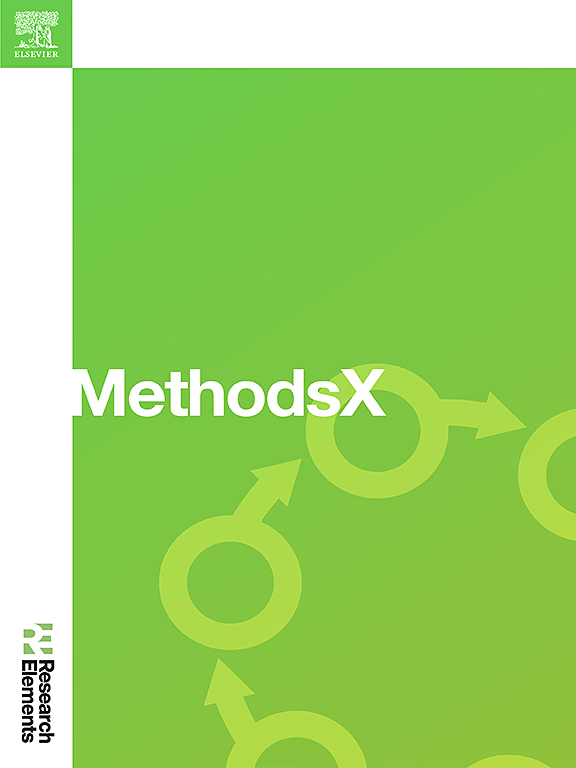Comprehensive assessment of scale formation, corrosion, and biological pollution in a cooling water supply system
IF 1.6
Q2 MULTIDISCIPLINARY SCIENCES
引用次数: 0
Abstract
A comprehensive method for the cooling water supply system (CWS) was investigated, which allows for the comprehensive assessment of corrosion, scale formation and biological pollution. Direct and indirect methods were used. Consequently, indirect methods included the calculation of differences in φ and ψ, the Langelier saturation index (LSI), and the Ryznar stability index (RSI), which characterise scale formation and corrosion processes based on the results of the pH, temperature, total dissolved salts, total hardness and total alkalinity measurements were measured using standard methods. Direct methods included bench tests to measure the corrosion rate (V) and scale formation rate (S). Additionally, the colony forming units (CFU) controlling with indication of an yeast and bacteria, the algae cell counts and hydrobox controlling water CWS were carried out. The comprehensive assessment method presented in this article includes adjustments to the existing method to improve its effectiveness, which is used for monitoring of spent fuel storage facilities at a Nuclear Power Plant (NPP).
- •Introduced a comprehensive methodology combining direct and indirect monitoring for assessing scale formation, corrosion, and biological pollution in nuclear power plant (NPP) cooling water systems.
- •Enhanced monitoring techniques enable the simultaneous assessment of corrosion resistance and scale formation potential, overcoming limitations of traditional methods.
- •Incorporated colony-forming unit analysis, algae cell quantification, and hydrobox-based evaluations for a detailed understanding of biofouling.
- •Validated methodology offers predictive risk modelling and optimised strategies to ensure reliability and safety in NPP operations.

冷却水供应系统中结垢、腐蚀和生物污染的综合评价。
研究了一种综合评价冷却水系统腐蚀、结垢和生物污染的方法。采用直接法和间接法。因此,间接方法包括计算φ和ψ的差异,Langelier饱和指数(LSI)和Ryznar稳定指数(RSI),这些指标基于pH值、温度、总溶解盐、总硬度和总碱度的测量结果,使用标准方法测量结垢和腐蚀过程。直接方法包括测量腐蚀速率(V)和结垢速率(S)的台架试验。此外,还进行了酵母和细菌指示的菌落形成单元(CFU),藻类细胞计数和控制水CWS的hydrobox。本文提出的综合评估方法包括对现有方法的调整,以提高其有效性,该方法用于核电站乏燃料储存设施的监测。•介绍了一种综合方法,结合直接和间接监测来评估核电站冷却水系统中的结垢、腐蚀和生物污染。•增强的监测技术可以同时评估耐腐蚀性和结垢地层潜力,克服了传统方法的局限性。•结合集落形成单元分析,藻类细胞定量和基于hydrobox的评估,以详细了解生物污染。•验证方法提供预测风险模型和优化策略,以确保核电厂运行的可靠性和安全性。
本文章由计算机程序翻译,如有差异,请以英文原文为准。
求助全文
约1分钟内获得全文
求助全文
来源期刊

MethodsX
Health Professions-Medical Laboratory Technology
CiteScore
3.60
自引率
5.30%
发文量
314
审稿时长
7 weeks
期刊介绍:
 求助内容:
求助内容: 应助结果提醒方式:
应助结果提醒方式:


